6 GPTs for TV-Based Education Powered by AI for Free of 2025
AI GPTs for TV-Based Education refer to advanced generative pre-trained transformer models tailored for educational content delivered through television. These tools leverage the power of AI to create, curate, and personalize educational material, making it more engaging and accessible to a broad audience. They are designed to understand and generate content relevant to various educational fields, adapting to the unique needs of TV-based learning environments. Their role is pivotal in transforming traditional TV educational programs into interactive, adaptive learning experiences.
Top 6 GPTs for TV-Based Education are: English with Friends 3,English with The Big Bang Theory 6,English with Brooklyn Nine-Nine 7,English with How I met your mother 2,English with How I met your mother 5,English with The Big Bang Theory 12
English with Friends 3
Master English with 'Friends'
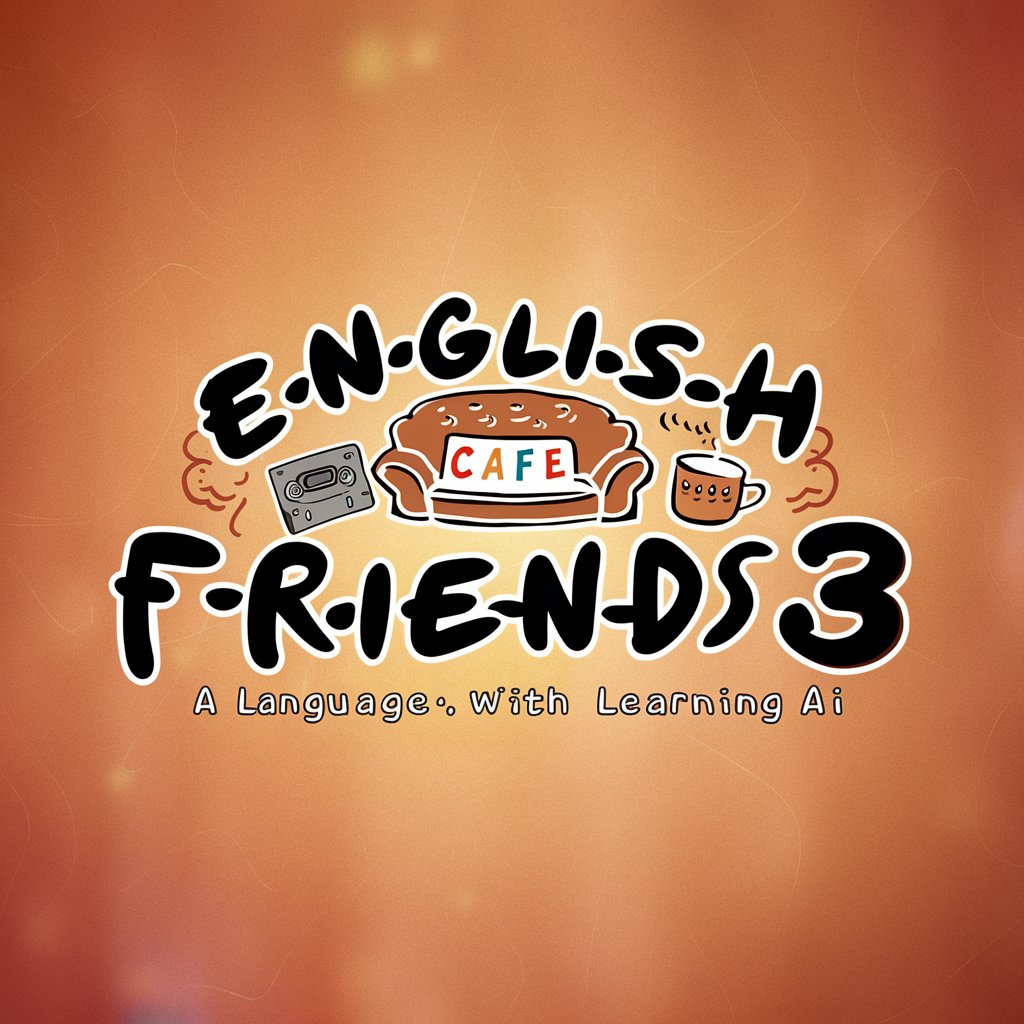
English with The Big Bang Theory 6
Learn English through TV's funniest moments.
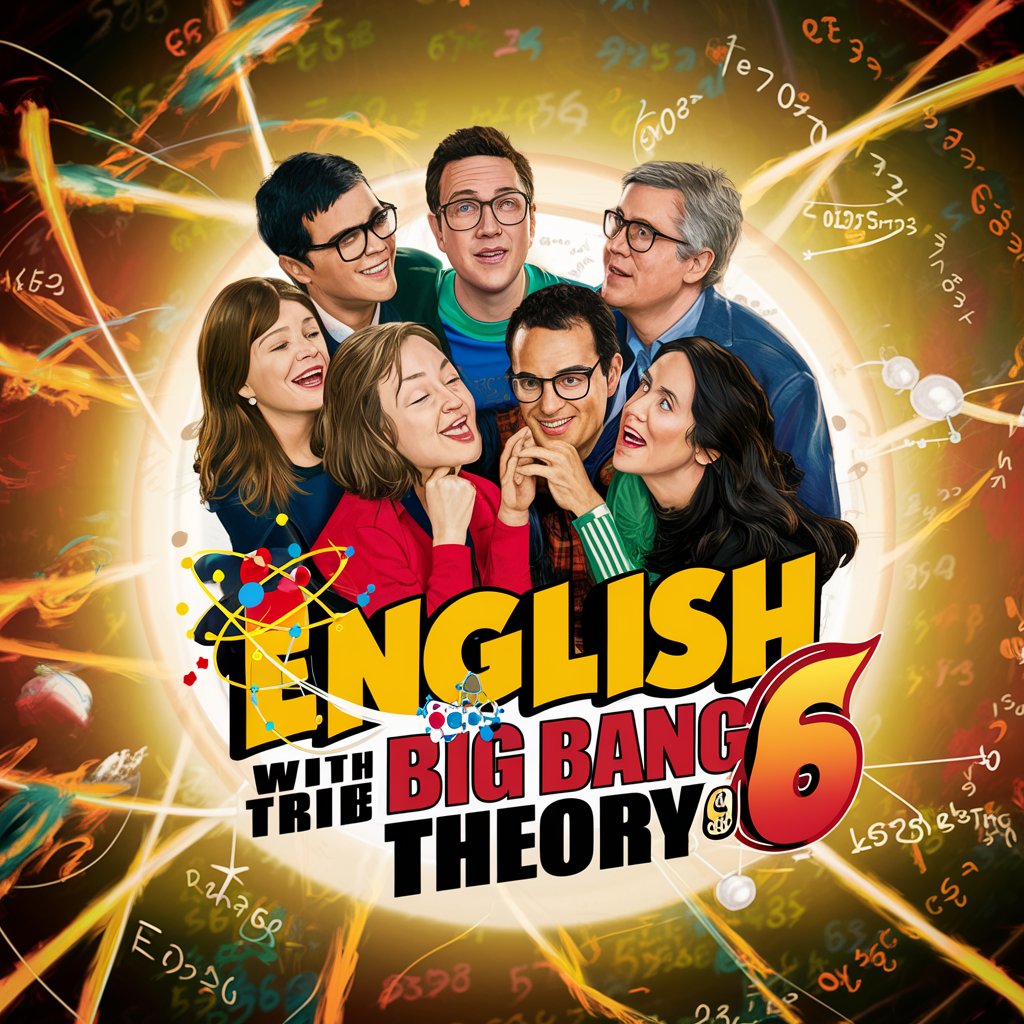
English with Brooklyn Nine-Nine 7
Master English with Brooklyn Nine-Nine fun!
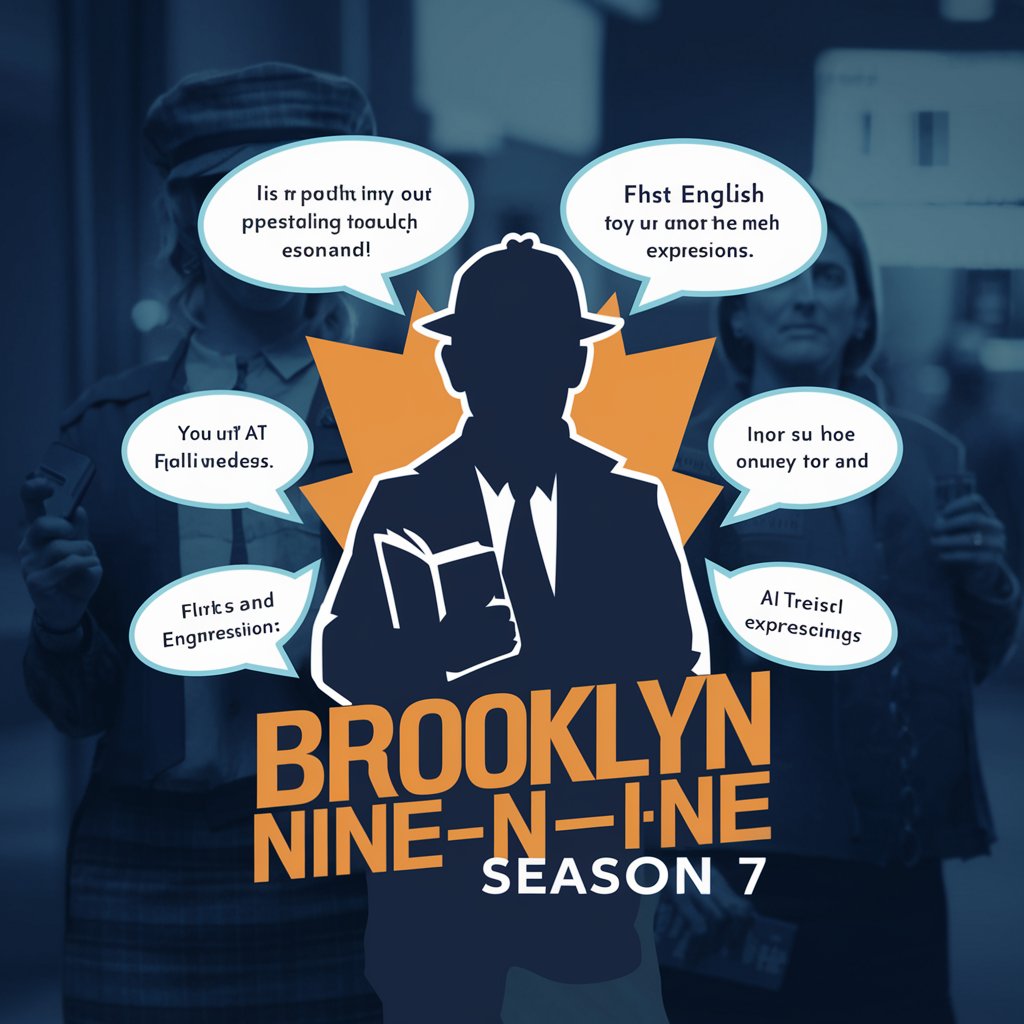
English with How I met your mother 2
Master English with TV Show Magic
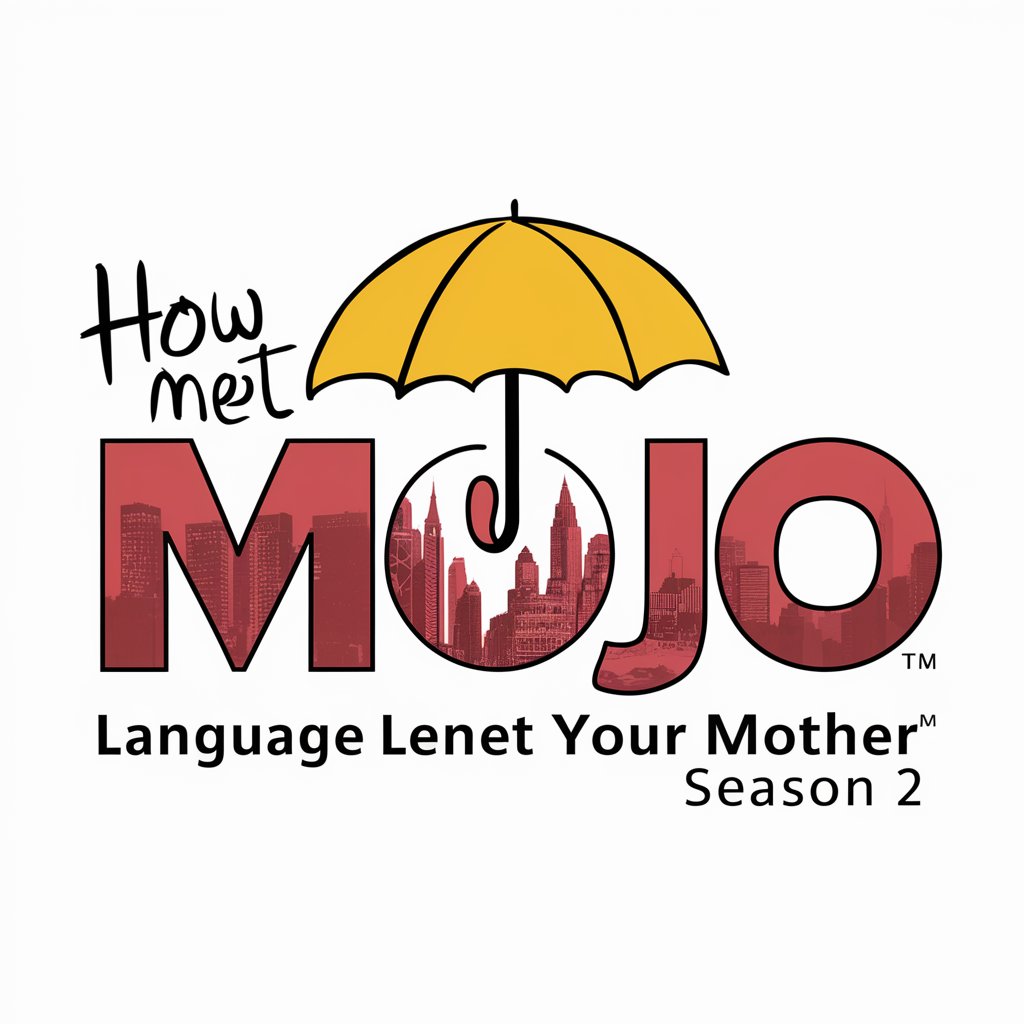
English with How I met your mother 5
Master English with sitcom-based scenarios
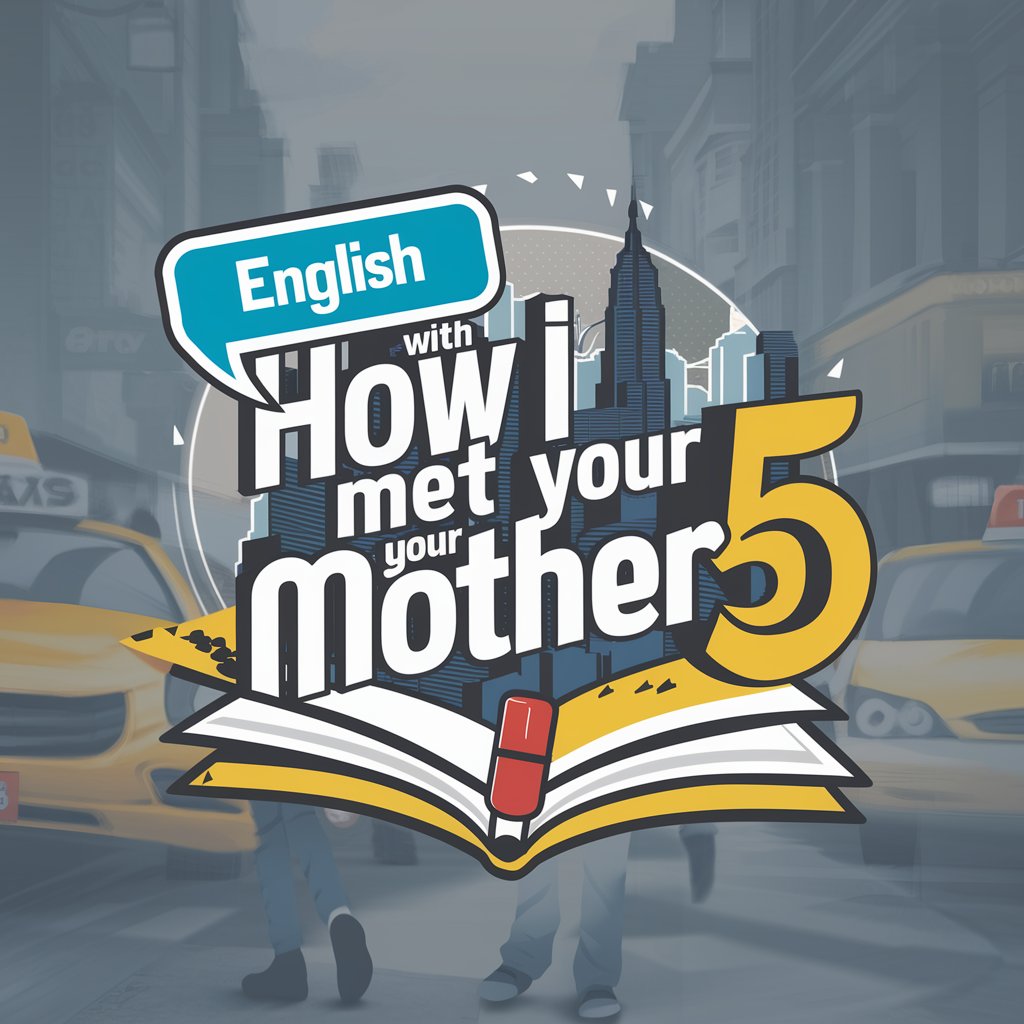
English with The Big Bang Theory 12
Master English with sitcom insights
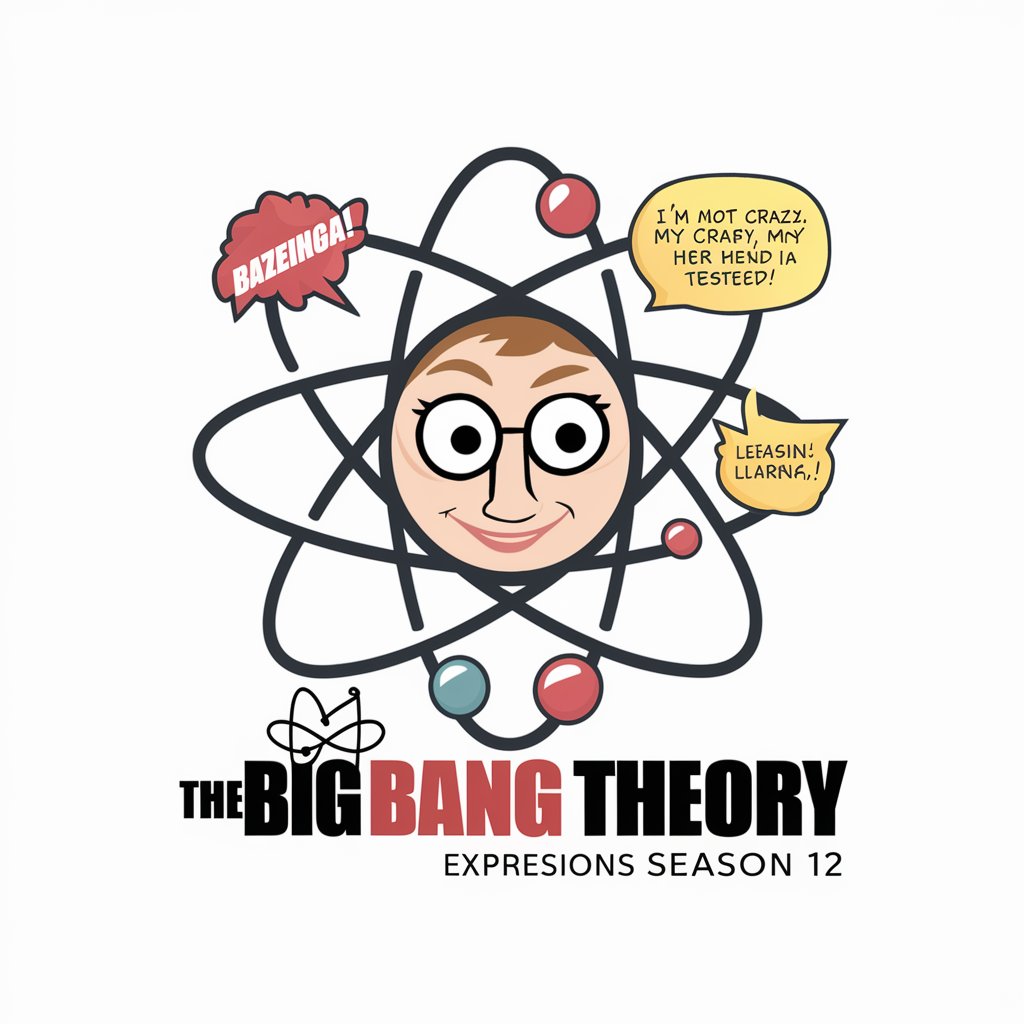
Essential Attributes of AI GPTs in TV Education
These AI tools offer a range of capabilities, from generating educational scripts tailored to specific audiences to providing interactive language learning experiences. They can analyze viewer responses for improved content delivery, support technical queries with instant, accurate information, and even create visual aids or simulations to enhance understanding. Special features include adaptability across different subjects, support for multiple languages, and the ability to integrate with web-based resources for a comprehensive learning experience.
Who Benefits from AI-Enhanced TV Education
The primary users include educational content creators, teachers, and students ranging from K-12 to adult learners. AI GPTs tools are also invaluable for developers and professionals in the educational technology sector, offering both no-code solutions for novices and customizable options for those with technical expertise. Their accessibility and adaptability make them suitable for a wide audience, aiming to democratize education through technology.
Try Our other AI GPTs tools for Free
Aesthetic Modification
Discover how AI GPTs for Aesthetic Modification are revolutionizing design, offering personalized, efficient, and innovative solutions for enhancing visual content and creative projects.
Vehicle Enhancement
Discover how AI GPTs for Vehicle Enhancement revolutionize vehicle customization and maintenance, offering tailored advice, predictive insights, and seamless integration for professionals and enthusiasts alike.
American English
Explore AI GPTs tailored for American English, designed to understand and generate nuanced, culturally-aware text. Perfect for professionals and novices alike.
Real-life Context
Discover how AI GPTs for Real-life Context transform practical applications with tailored, user-friendly AI solutions for education, support, and beyond.
TV-Based Learning
Unlock the potential of TV-based learning with AI GPTs. These advanced tools offer personalized, interactive educational experiences, making learning accessible and engaging for everyone.
Dialogue Adaptation
Discover how AI GPTs for Dialogue Adaptation enhance interactions through personalized, contextually relevant conversations, making digital engagements more natural and effective.
Further Perspectives on AI in TV Education
AI GPTs revolutionize TV-based education by offering scalable, personalized learning solutions. They feature user-friendly interfaces that simplify the creation and delivery of educational content, making knowledge more accessible. Their integration capabilities mean they can easily become part of existing digital ecosystems, enhancing the educational value of television and opening new avenues for learner engagement.
Frequently Asked Questions
What are AI GPTs for TV-Based Education?
AI GPTs for TV-Based Education are AI-driven tools designed to enhance educational content on television, making it more interactive, personalized, and accessible.
How do these tools enhance TV educational content?
They generate tailored educational scripts, support interactive learning, offer language education, and create visual aids to enrich the learning experience.
Who can benefit from these AI tools?
Educational content creators, teachers, students, edtech professionals, and developers can all benefit from the adaptability and customizability of these tools.
Do I need programming skills to use these tools?
No, these tools are designed to be accessible to users without programming skills, though they also offer customization options for those with technical expertise.
Can these tools support learning in multiple languages?
Yes, they are equipped to support and provide educational content in multiple languages, making learning more accessible.
How do AI GPTs adapt to different educational subjects?
These tools are trained on a wide range of data, allowing them to generate content and answer queries across various subjects.
Can these tools integrate with existing educational platforms?
Yes, they are designed to be flexible and can be integrated with existing platforms and workflows to enhance the learning experience.
What makes AI GPTs different from traditional educational tools?
AI GPTs offer a level of interactivity, personalization, and adaptability in content delivery that traditional tools cannot, transforming passive viewing into an engaging learning experience.